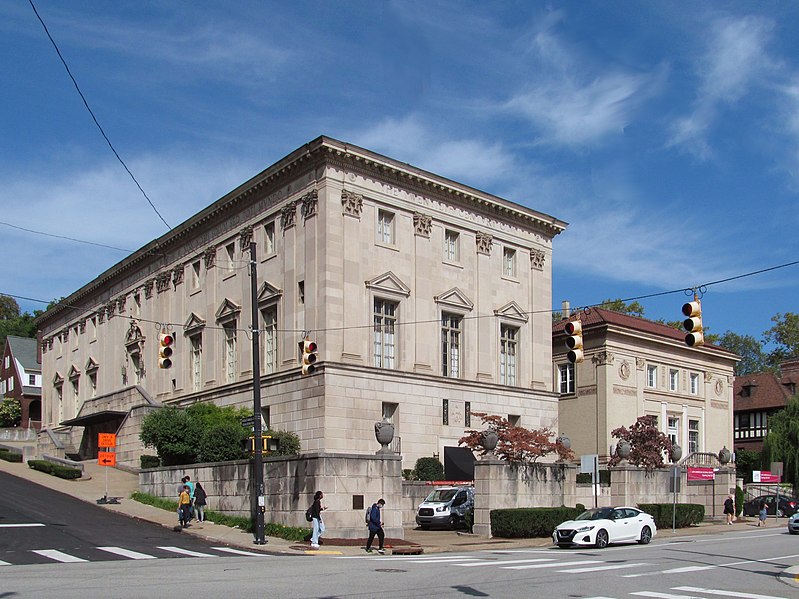
This building is an epitome of the history of the South Side. The first wave of immigrants after the original English and Scotch-Irish settlers was the Germans. There was a Turnhalle, a German athletic club, on this site by 1872, and probably well before; it was across the street from a German Evangelical church. That original Birmingham Turnverein was a frame building, but this splendid brick structure was put up some time a little before 1910. (If you enlarge the picture, you can see a pair of “BTV” monograms on the façade near the entrance.) Then came the influx of East Europeans, and many of the Germans moved out. This became a Lithuanian Hall; the German church across the street was demolished and replaced with a Ruthenian Catholic church. In the twenty-first century, we have all become antisocial, and clubs and churches have died; the building has been turned into apartments, as many similar buildings have been.




















